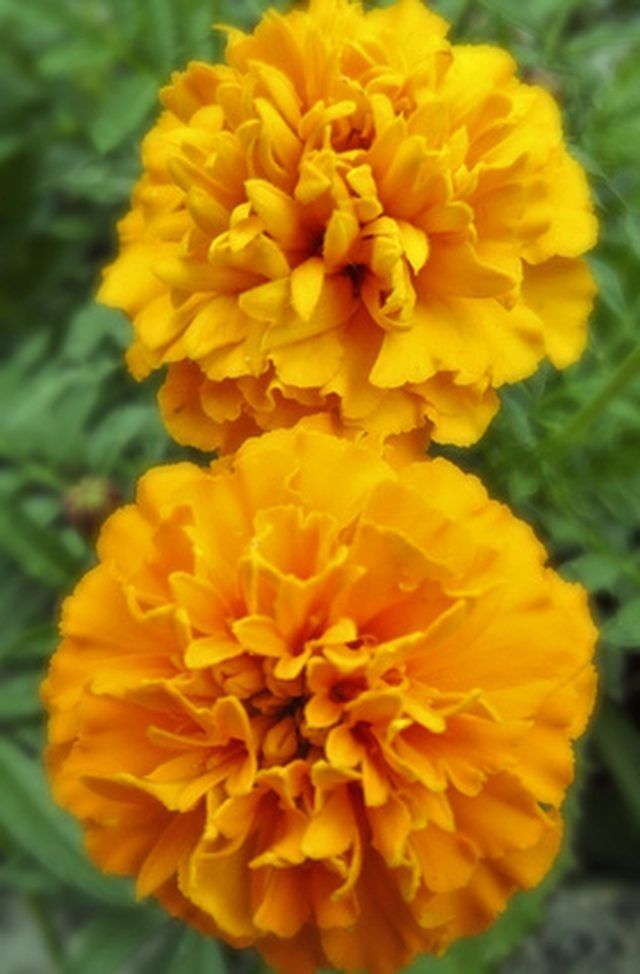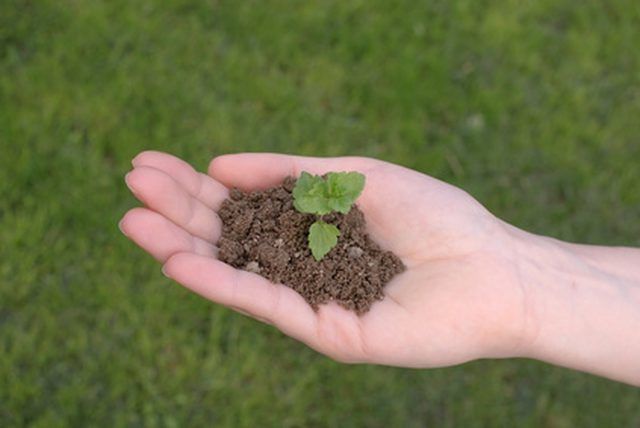Bulbs
Flower Basics
Flower Beds & Specialty Gardens
Flower Garden
Garden Furniture
Garden Gnomes
Garden Seeds
Garden Sheds
Garden Statues
Garden Tools & Supplies
Gardening Basics
Green & Organic
Groundcovers & Vines
Growing Annuals
Growing Basil
Growing Beans
Growing Berries
Growing Blueberries
Growing Cactus
Growing Corn
Growing Cotton
Growing Edibles
Growing Flowers
Growing Garlic
Growing Grapes
Growing Grass
Growing Herbs
Growing Jasmine
Growing Mint
Growing Mushrooms
Orchids
Growing Peanuts
Growing Perennials
Growing Plants
Growing Rosemary
Growing Roses
Growing Strawberries
Growing Sunflowers
Growing Thyme
Growing Tomatoes
Growing Tulips
Growing Vegetables
Herb Basics
Herb Garden
Indoor Growing
Landscaping Basics
Landscaping Patios
Landscaping Plants
Landscaping Shrubs
Landscaping Trees
Landscaping Walks & Pathways
Lawn Basics
Lawn Maintenance
Lawn Mowers
Lawn Ornaments
Lawn Planting
Lawn Tools
Outdoor Growing
Overall Landscape Planning
Pests, Weeds & Problems
Plant Basics
Rock Garden
Rose Garden
Shrubs
Soil
Specialty Gardens
Trees
Vegetable Garden
Yard Maintenance
How Does Red Light Affect Plants?
How Does Red Light Affect Plants?. Plants are affected by the light they absorb--not just in quantity but also quality. Plants grow better when they are able to take in higher amounts of red and blue light.

Plants are affected by the light they absorb--not just in quantity but also quality. Plants grow better when they are able to take in higher amounts of red and blue light.
Light Quality
Wavelengths determine the quality, or color, of light. In order to complete photosynthesis, a plant needs every wavelength, but it will grow best with higher amounts of red and blue light.
Red Light Benefits
When red light is absorbed by a plant, it promotes flowering and budding, according to the "Oregon State University Extension Service Master Gardener Handbook."

Red Light Disadvantages
When combined with too little light of other wavelengths, too much red light can be detrimental to a plant's growth, causing it to become spindly, warns experts from the Government of Alberta, Canada, Agriculture and Rural Development.
Best Use of Red Light
Red light should be used in conjunction with blue light, which encourages leafy growth and development. When combined, blue and red light can bring about the greatest degree of healthy growth and flowering.
Artifical Lighting
Artificial lighting can be used to encourage plant growth. Fluorescent lights contain high levels of blue, making them especially beneficial for new seedlings and promoting general plant growth. Incandescent lights, which have high levels of red and orange light, can be added to increase flowering. Light bulbs, however, should not be placed too close to plants; the heat produced by incandescent lights can damage the plants.
